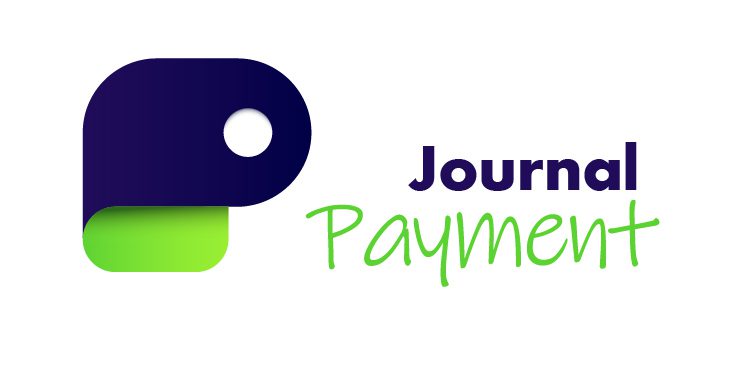Phages overcome bacterial immunity via diverse anti-defence proteins
Abstract
It was recently shown that bacteria employ, apart from CRISPR-Cas and restriction systems, a considerable diversity of phage resistance systems1–4, but it is largely unknown how phages cope with this multilayered bacterial immunity. Here, we analyzed groups of closely related Bacillus phages that showed differential sensitivity to bacterial defense systems, and discovered four distinct families of anti-defense proteins that inhibit the Gabija, Thoeris, and Hachiman systems. We show that these proteins Gad1, Gad2, Tad2, and Had1 efficiently cancel the defensive activity when co-expressed with the respective defense system or introduced into phage genomes. Homologs of these anti-defense proteins are found in hundreds of phages that infect taxonomically diverse bacterial species. We show that the anti-Gabija protein Gad1 blocks the ability of the Gabija defense complex to cleave phage-derived DNA. Our data further reveal an anti-Thoeris protein, denoted Tad2, which is a “sponge” that sequesters the immune signaling molecules produced by Thoeris TIR-domain proteins in response to phage. Our results demonstrate that phages encode an arse
Sequential appetite suppression by oral and visceral feedback to the brainstem
Abstract
The termination of a meal is controlled by dedicated neural circuits in the caudal brainstem. A key challenge is to understand how these circuits transform the sensory signals generated during feeding into dynamic control of behaviour. The caudal nucleus of the solitary tract (cNTS) is the first site in the brain where many meal-related signals are sensed and integrated1,2,3,4, but how the cNTS processes ingestive feedback during behaviour is unknown. Here we describe how prolactin-releasing hormone (PRLH) and GCG neurons, two principal cNTS cell types that promote non-aversive satiety, are regulated during ingestion. PRLH neurons showed sustained activation by visceral feedback when nutrients were infused into the stomach, but these sustained responses were substantially reduced during oral consumption. Instead, PRLH neurons shifted to a phasic activity pattern that was time-locked to ingestion and linked to the taste of food. Optogenetic manipulations revealed that PRLH neurons control the duration of seconds-timescale feeding bursts, revealing a mechanism by which orosensory signals feed back to restrain the pace of ingestion. By contrast, GCG neurons were activated by mechanical feedback from the gut, tracked the amount of food consumed and promoted satiety that lasted for tens of minutes. These findings reveal that sequential negative feedback signals from the mouth and gut engage distinct circuits in the caudal brainstem, which in turn control elements of feeding behaviour operating on short and long timescales.
